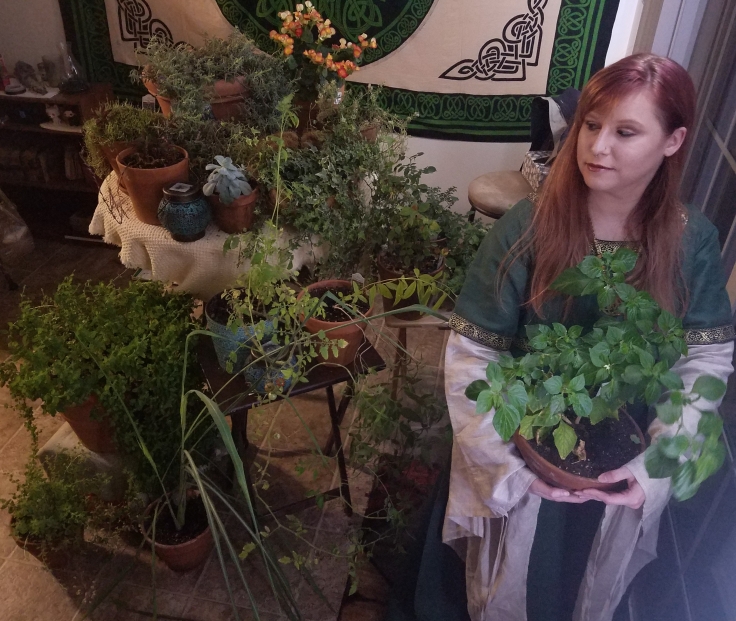With the completion of the physical Ellingson exhibit came the near immediate transfer back to the classroom and start of a project to move everything from the physical into the digital.
It was a new experience, as anything related to the class is. The long process of digging through archive, formulating a story, creating labels, and the organizing into a case was over, but so was the most arduous process of any exhibit creation. The sheer amount of time spent in the Archive, obsessing minutely over the most tiny detail of the title, date, description, and source came to fruition. With all items chosen, labels made, and metadata waiting to be formatted, the first move to the digital space was seamless.
Omeka is an open source content management system for online digital collections, and makes the process of inputting information as easy as possible. It allowed for the easy creation of a collection titled ‘Mark Ellingson’, which then acted as a common link for all the items in the physical case. Each item needed an image, a label, and metadata, but fortunately, all of this came with the creation of the physical exhibit and creating six separate items was as easy as copying and pasting from a spreadsheet. With properly named files, images of the items were added, and the Mark Ellingson collection of the RIT Museum Studies Omeka page was created.


 I think this was my favorite however. It really helped me throw myself into my work during a bad situation and focus on something I really enjoyed. Exploring how to work with Omeka was fun and (incidental learning) I ended up teaching myself some HTML in the process! I got a lot better at metadata by this point as well. This project helped us look into things that were important to us and set it up like an online exhibit. This helped the class prepare for if they had to make an actual online exhibit and how they would do so.
I think this was my favorite however. It really helped me throw myself into my work during a bad situation and focus on something I really enjoyed. Exploring how to work with Omeka was fun and (incidental learning) I ended up teaching myself some HTML in the process! I got a lot better at metadata by this point as well. This project helped us look into things that were important to us and set it up like an online exhibit. This helped the class prepare for if they had to make an actual online exhibit and how they would do so.